The North and Santa Cruz
We set off for the north coast after a latish breakfast. First stop was the little town of Santo Domingo. This town is away from away from it all. Quiet and sleepy with several houses in need of some TLC.
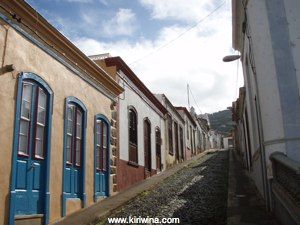
This house appeared abandoned.
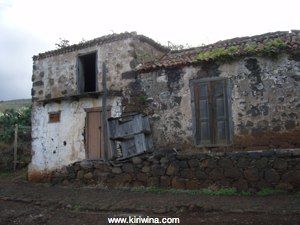
Town square with the Atlantic beyond. Next stop the Americas.
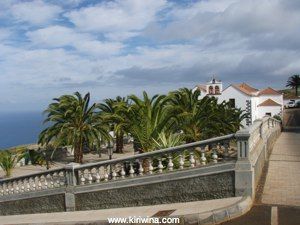
The north coast road winds up and down steep sided valleys with side roads leading off to little villages along the way. The shoreline is wild, rocky and often inaccessible.
We continued to Los Tilos, an area of temperate rainforest where not all the moisture came from rain. The height of this area is such that it is often shrouded in clouds formed when moisture laden air borne by the trade winds bumps into La Palma and rises to form cloud. So much moisture is deposited by these clouds that it is referred to as horizontal rain.
The steep valleys are heavily forested and damp.
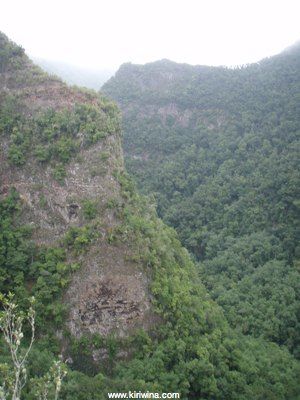
We took a 4km walk through the forest. This island is a hikers paradise.
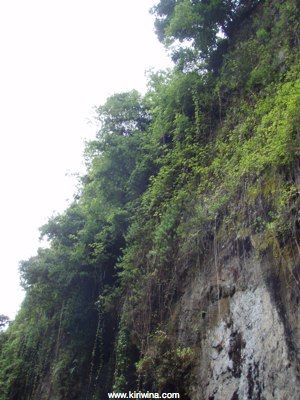
Run-off from the forest provides part of the water supply for Santa Cruz. It had a nice clean taste and I topped up my water bottle.
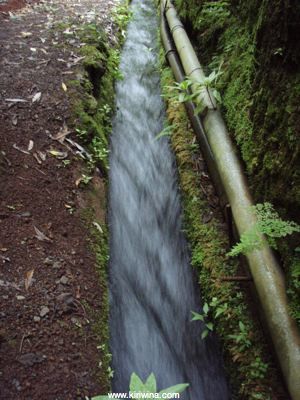
We then went down into the capital Santa Cruz.
Here, Santa Cruz marina looks settled but a lot of swell works it's way in and motion on the pontoons is substantial.
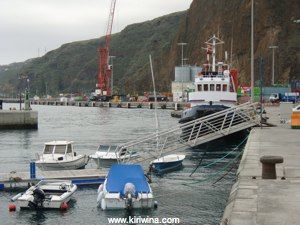
The pontoons are chain secured rather than with piles so movement is more pronounced. It looked safe enough and there were several visiting yachts but I suspect I would not be particularly comfortable on board.
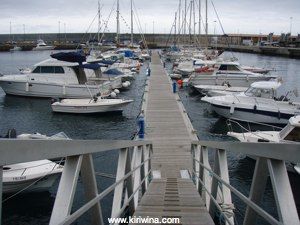
Santa Cruz is without doubt the most attractive town we have seen in the Canaries. Large enough to be interesting and small enough not to have been over developed.
Some of the many attractive buildings in Santa Cruz.
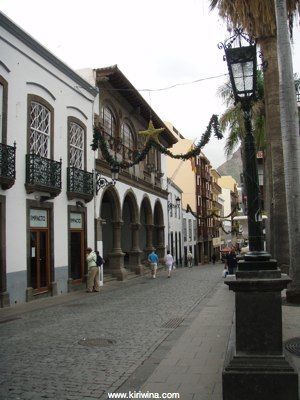
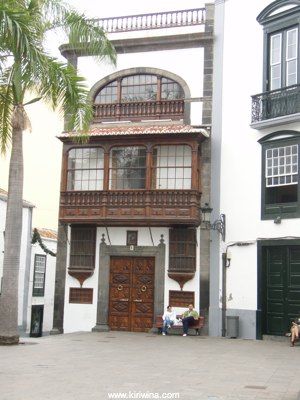
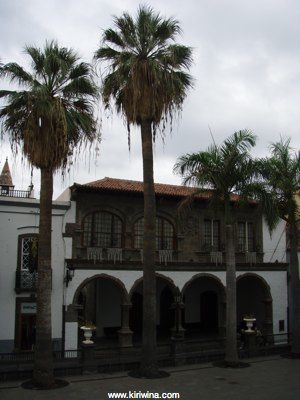
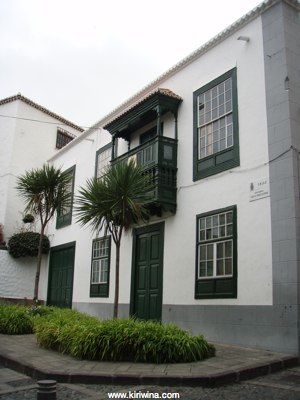
This little fellow is called Enano and he is the symbol they use to commemorate the end of a brief period of French rule on La Palma.
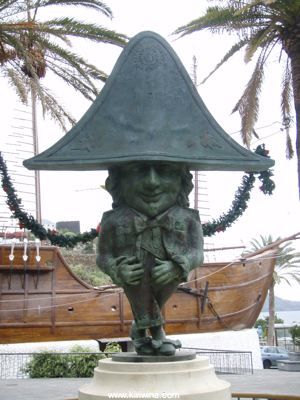
Late in the day we caught our flight back to Tenerife.
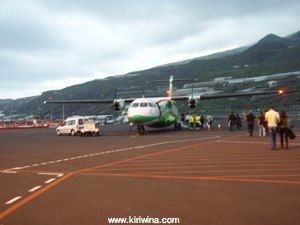

This house appeared abandoned.

Town square with the Atlantic beyond. Next stop the Americas.

The north coast road winds up and down steep sided valleys with side roads leading off to little villages along the way. The shoreline is wild, rocky and often inaccessible.
We continued to Los Tilos, an area of temperate rainforest where not all the moisture came from rain. The height of this area is such that it is often shrouded in clouds formed when moisture laden air borne by the trade winds bumps into La Palma and rises to form cloud. So much moisture is deposited by these clouds that it is referred to as horizontal rain.
The steep valleys are heavily forested and damp.

We took a 4km walk through the forest. This island is a hikers paradise.

Run-off from the forest provides part of the water supply for Santa Cruz. It had a nice clean taste and I topped up my water bottle.

We then went down into the capital Santa Cruz.
Here, Santa Cruz marina looks settled but a lot of swell works it's way in and motion on the pontoons is substantial.

The pontoons are chain secured rather than with piles so movement is more pronounced. It looked safe enough and there were several visiting yachts but I suspect I would not be particularly comfortable on board.

Santa Cruz is without doubt the most attractive town we have seen in the Canaries. Large enough to be interesting and small enough not to have been over developed.
Some of the many attractive buildings in Santa Cruz.




This little fellow is called Enano and he is the symbol they use to commemorate the end of a brief period of French rule on La Palma.

Late in the day we caught our flight back to Tenerife.

